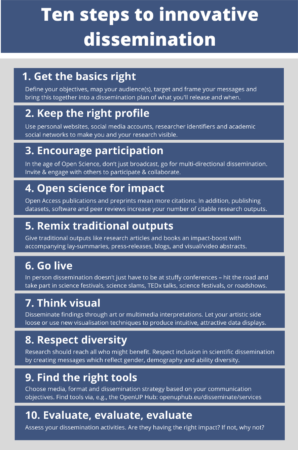- Online courses on plant-related stuff.
- Beautiful catalog of Colombian heritage seeds.
- California mission grapes came from Peru, not Mexico.
- Taking care of living collections under coronavirus lockdown.
Nibbles: Olives, Figs, Columbian Exchange, Flour, landraces Newsletter, DOIs
- Is there any doubt that olives are important?
- Or figs, for that matter.
- Spanish botanical garden exhibit on Latin American plants that changed the European diet. Stunning.
- Old mills making a comeback.
- Latest issue of the Landraces newsletter from Farmer’s Pride. See also here for previous issues.
- Huge PDF on DOIs in genebanks.
Words to live by
But do we? Let us know.
Click on the image for the full paper.
And see also this Twitter thread from Nicholas Booth.
Nibbles: Tissue culture, Kenya pulses, Remote sensing, Planetary Computer, CIAT genebank, Faba bean, Cassava breeding, European re-wilding, Russian citrus, Green wine
- Special Issue “Role of Plant Tissue Culture in Agricultural Research and Production.” Deadline: 15 September. This year, I imagine.
- Kenya decolonizing it’s pulse sector.
- And it may be visible from space.
- Somebody mention space? Microsoft is way ahead of you.
- CIAT’s genebank working through lockdown, denies Phaseolus is colonial.
- How about soya then? That’s pretty colonial, surely? Ah, but faba is the new soya. Census takers unavailable for comment.
- Speaking of CIAT and its genebank, the rise and rise of cassava in Asia. And Nigeria? Let the neo-colonialism discourse begin.
- Re-wilding is not colonialism, is it?
- You can grow your lemons underground if it’s cold. Or just for the hell of it, frankly, because why not? Oh, yeah, there’s also breeding.
- Booze goes green. But not so green as to support genebanks.
Nibbles: Native American seeds, Peasant’s Struggle, IWYP, Taxonomy booklet, Phylogenetics booklet, Lost apples, Yak threat, Online mapping, Sampling strategy
- Native Americans are coping with a coronavirus-caused food shortage by seed saving. Among other things.
- On the International Day of Peasant’s Struggle, even.
- IWYP science brief on using wheat wild relatives in breeding.
- Really nice Meise Botanic Garden publication on botanical nomenclature.
- And to complement the above: Phylogenetics in the Genomic Era.
- More old apples found. I’m beginning to think the whole lost apples thing is a scam.
- But losing yaks is a definite possibility.
- Nature Map Explorer is online. Rejoice.
- Sean Hoban on calculating how much to collect and conserve. Without using the above.
